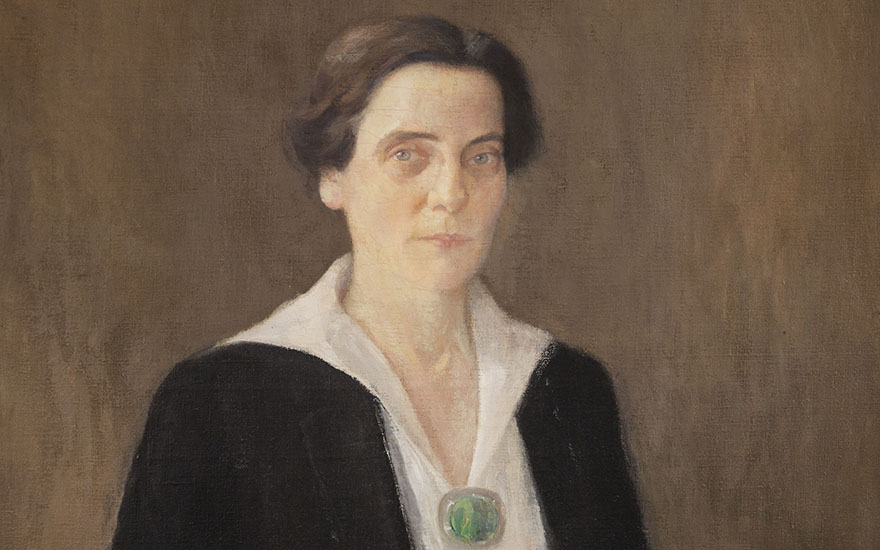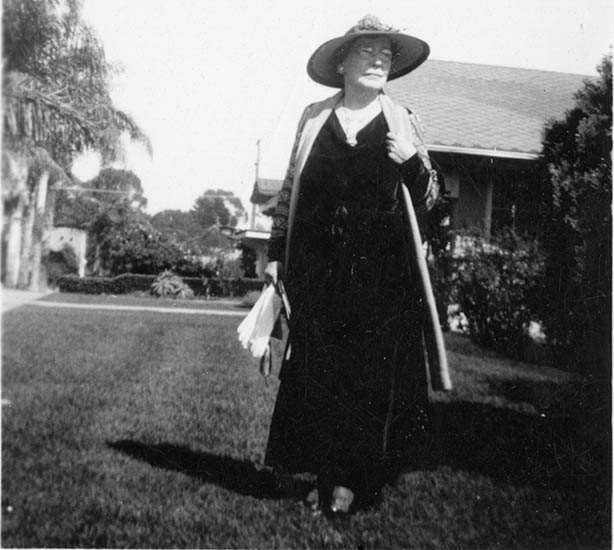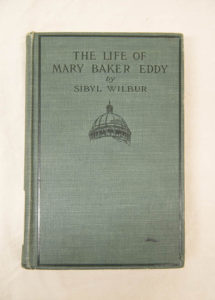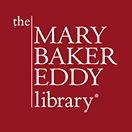Women of History: Sibyl Wilbur

Portrait of Sibyl Wilbur, circa 1909. Haydon Jones. Courtesy of Longyear Museum, Chestnut Hill, Massachusetts.
“All this trouble to see poor little me.” That was Mary Baker Eddy’s response when journalist Sibyl Wilbur (1871–1946) visited her in 1905, to conduct an interview for the Boston Herald.1 In reality Eddy was by that time one of the best-known women in America. The interview proved significant for both of them.
Wilbur was born in Elmira, New York. Both her parents died when she was young, and by the age of 14 she had already moved to Nebraska, earning a living by teaching at a prairie school. Eventually she saved enough money to attend a Minneapolis, Minnesota, prep school before enrolling in Hamline University, a Methodist college in St. Paul. At 21 she began her journalistic career at the Minnesota Journal.2 Over the next two decades she wrote about women’s rights, labor issues, and culture, working for major metropolitan newspapers in New York, Chicago, Washington, D.C., Minneapolis, and Boston.3

Photo of Sibyl Wilbur, circa 1944, P01812, Unknown photographer. Courtesy of The Mary Baker Eddy Library.
After joining the Boston Herald in early 1905, Wilbur sought out a big project and became interested in Eddy as founder of the Christian Science movement. Wilbur’s editor was doubtful that she would be able to reach Eddy; it had become rare for her to engage with journalists. But Wilbur was determined.4 That February she met with Alfred Farlow at his Boston office. His work as Manager of Committees on Publication for The First Church of Christ, Scientist (The Mother Church) included cultivating and maintaining good relations with members of the press. Wilbur’s goal was to secure a visit with Eddy at Pleasant View, her home in Concord, New Hampshire.5 When she received the request, Eddy politely declined and sent Wilbur a copy of her book Science and Health with Key to the Scriptures.6
Wilbur remained undeterred. By May she traveled to Concord, where her persistence finally paid off with the desired interview at Pleasant View.7 She subsequently wrote a series of 13 articles about Eddy that appeared in Human Life magazine between December 1906 and December 1907. Titles included “Has Christian Science Met Its Waterloo?” “Glimpses of a Great Personality,” “A Glance at the Great Personnel of the Christian Science Movement,” and 10 chapters titled “The Story of the Real Mrs. Eddy.”8 At that time Human Life had been struggling. But with the publication of Wilbur’s series, circulation soared from 20,000 to 100,000 within three months.9 This magazine series stood in stark contrast to a sensationalistic one by Georgine Milmine, which was running at the same time in McClure’s Magazine.10
Wilbur’s professional assignment also resulted in her taking a personal interest in Christian Science. She wrote Eddy in July 1906: “I am now reading your book and studying your Science of life.”11 The following May she wrote again: “I have experienced a great uplift from reading ‘Science and Health’”12 That year she took Primary class instruction in Christian Science with Alfred Farlow.13

Photo of Wilbur’s 1908 biography, “The Life of Mary Baker Eddy”, Courtesy of The Mary Baker Eddy Library.
Nor had Wilbur finished writing about Eddy. She sought to revise and compile her magazine series into one of the first biographies on her, free of the muckraking approach taken by newspapers such as the New York World, which had published a story claiming that Eddy was mentally incompetent.14 Wilbur published The Life of Mary Baker Eddy in 1908. After initially opposing the book, Eddy issued a supportive statement: “I briefly declare that nothing has occurred in my life’s experience which, if correctly narrated and understood, could injure me; and not a little is already reported of the good accomplished therein, the self-sacrifice, etc., that has distinguished all my working years”15 She concluded with thanks to Wilbur. While The Life of Mary Baker Eddy has often been criticized by scholars over the years as excessively laudatory, it was also based on factual reporting and helped counter basic misinformation about Eddy and Christian Science that was rampant at the time.
Wilbur never became a member of The Mother Church, and we don’t have any record of her further interest in Christian Science. She appears to have become more active in political issues. An organizer of the Woman’s Suffrage Party in New York City, she spoke publicly in favor of women’s right to vote.16 She moved to San Diego, California, in 1918, after marrying John Stone, her second husband.17 Following their divorce in 1930, she lived in San Diego until her passing at the age of 75.18
This article is also available on our French, German, Portuguese, and Spanish websites.
- Wilbur, “Cradled Obscurity,” n.d., Reminiscence, Sibyl Wilbur, 13.
- “The Career of Sibyl Wilbur,” article, The Birmingham Ledger, 28 November 1908, Subject File, Wilbur, Sibyl – Papers – Correspondence
- Winfield Scott Downs, Encyclopedia of Biography (New York: The American Historical Society, 1936),177.
- Wilbur, “Cradled Obscurity,” n.d., Reminiscence, Sibyl Wilbur, 4-6.
- Wilbur, “Cradled Obscurity,” n.d., Reminiscence, Sibyl Wilbur, 2-13.
- Eddy to Wilbur, 25 March 1905, L09004.
- Wilbur to Eddy, 14 June 1905, IC221.36.002.
- Mary Baker Eddy: The Human Life Articles by Sibyl Wilbur, 1906–1907, (Chestnut Hill, Massachusetts: Longyear Museum Press, 2000), vii
- Wilbur, “Cradled Obscurity,” n.d., Reminiscence, Sibyl Wilbur, 17.
- See Gillian Gill, Mary Baker Eddy (Reading, Massachusetts: Perseus Books, 1998), 563–571.
- Wilbur to Eddy, 6 July 1906, IC221.36.003.
- Wilbur to Eddy, 22 May 1907, 221.36.004.
- Wilbur, “Cradled Obscurity,” n.d., Reminiscence, Sibyl Wilbur, 17.
- Wilbur, “Cradled Obscurity,” n.d., Reminiscence, Sibyl Wilbur, 16-17.
- The First Church of Christ, Scientist, and Miscellany, 297–298.
- “Sibyl Wilbur Stone,” The Christian Science Monitor, July 23, 1946, Subject File, Wilbur, Sibyl – Papers – Correspondence.
- Winfield Scott Downs, Encyclopedia of Biography (New York: The American Historical Society, 1936), 178.
- “Biographer of Mary Baker Eddy Passes on at 75,” Boston Herald, July 23, 1946, Subject File, Wilbur, Sibyl – Miscellaneous.

